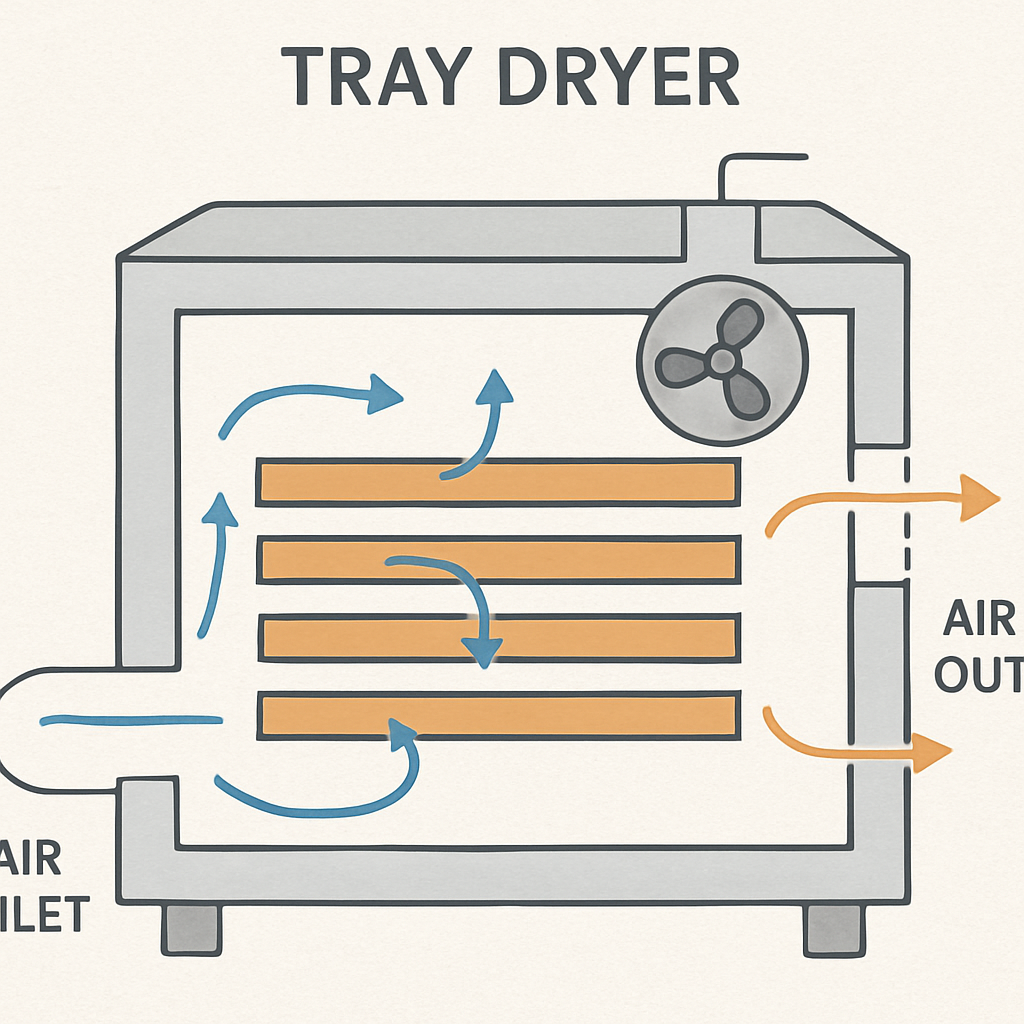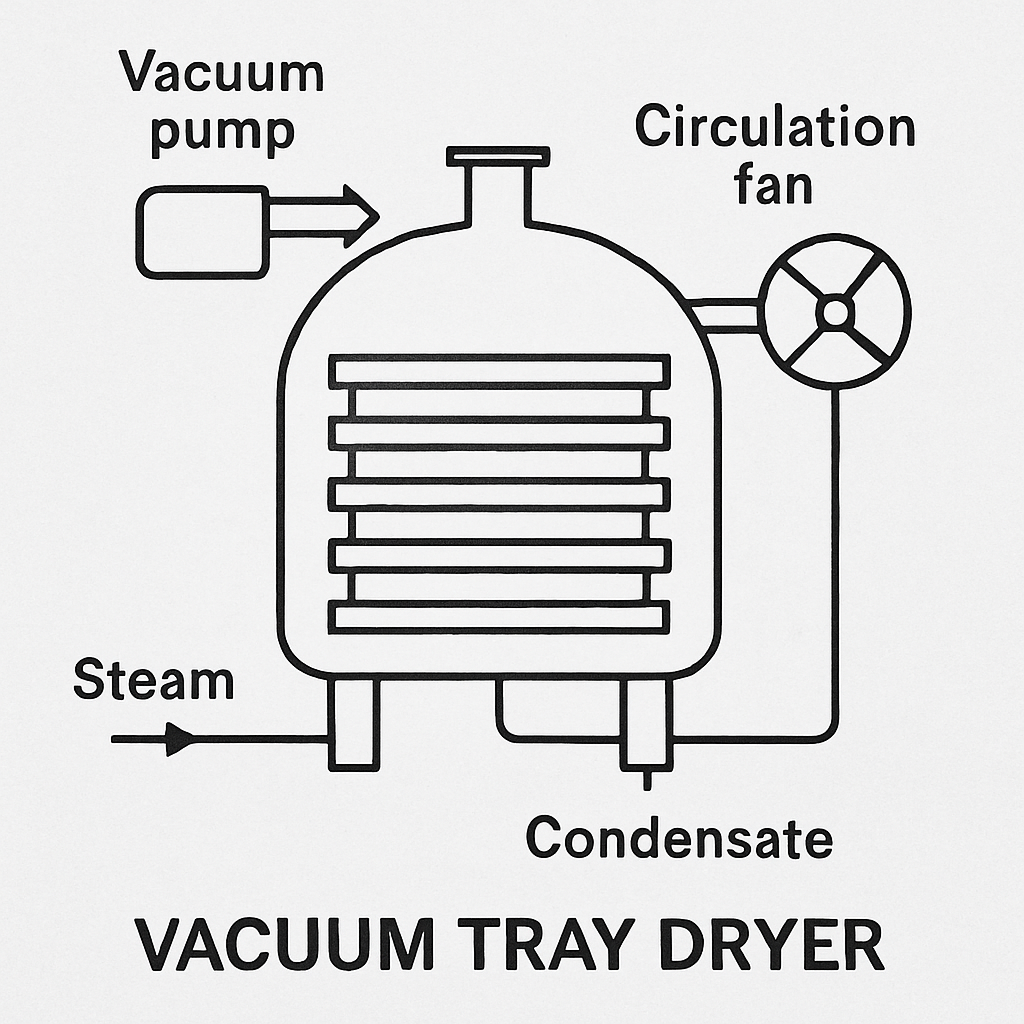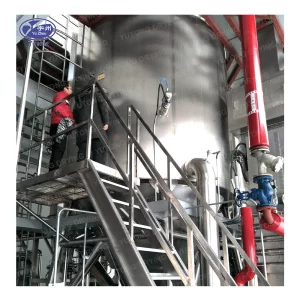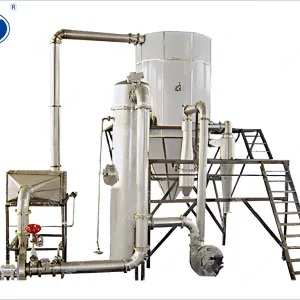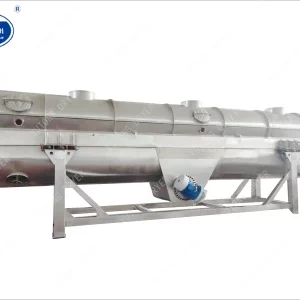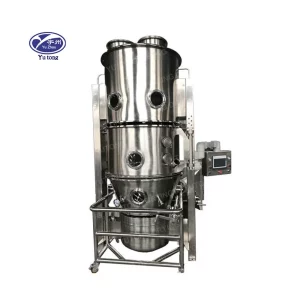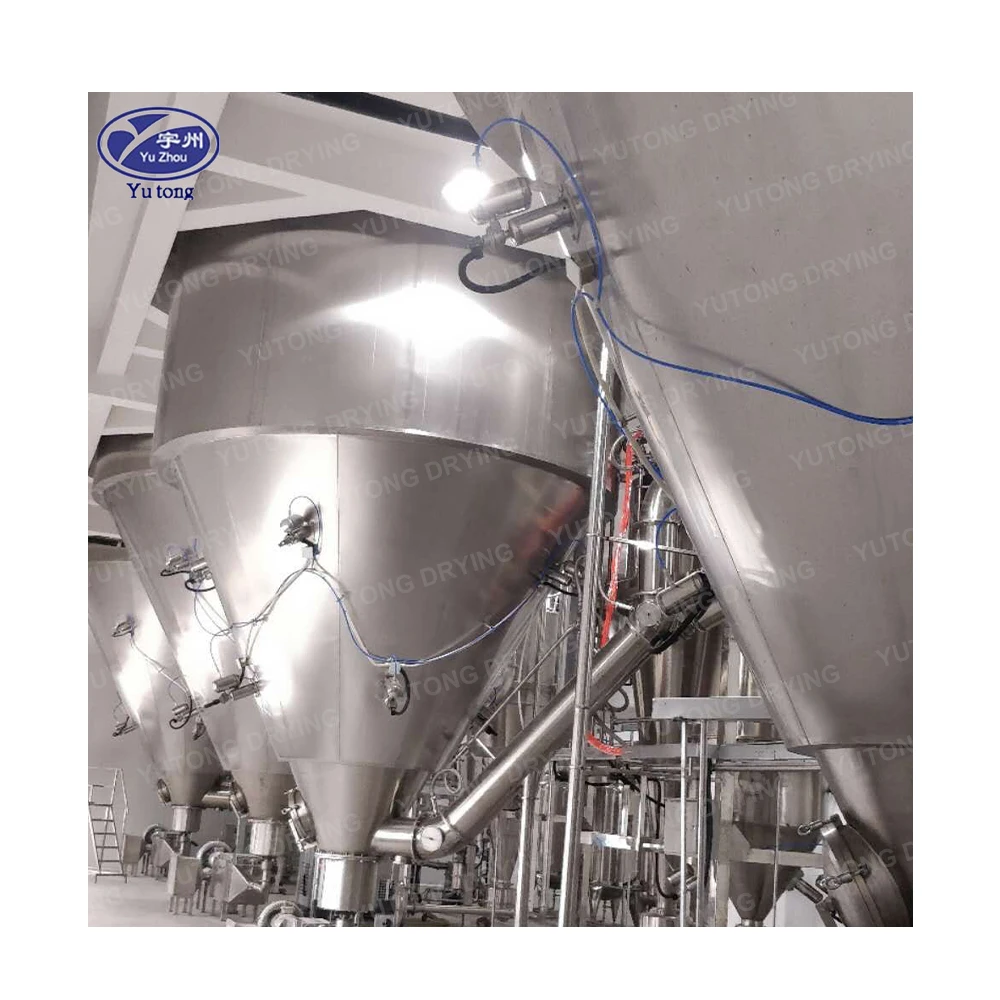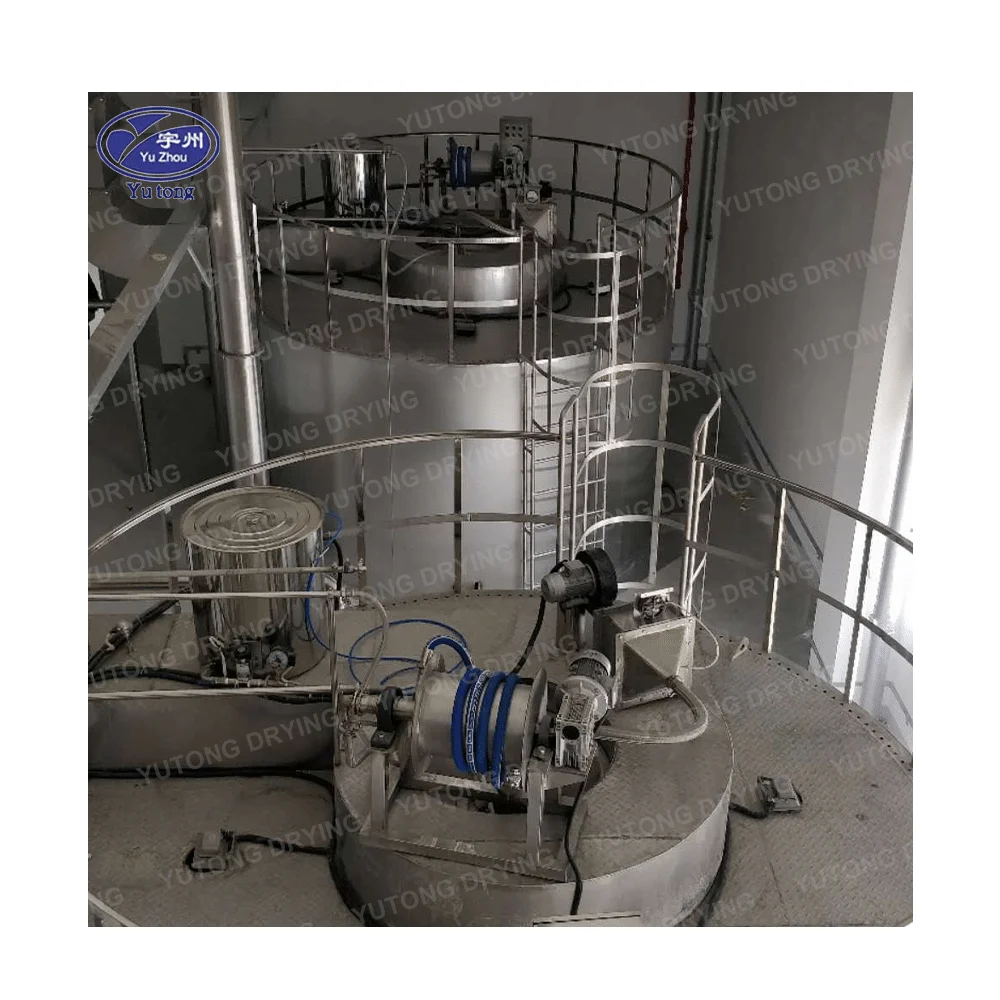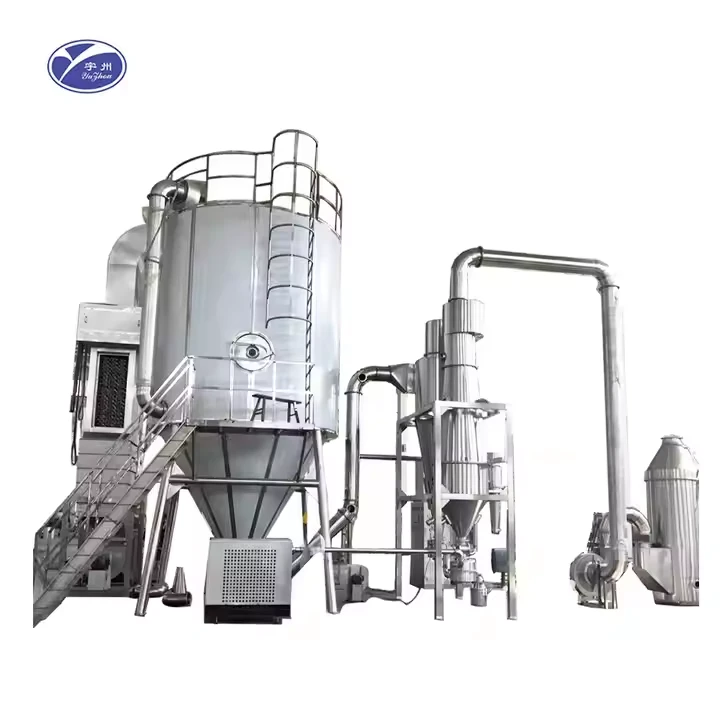# Understanding the Difference Between Tray Dryer and Vacuum Tray Dryer
In the world of industrial drying, choosing the right equipment can make a significant difference in the efficiency and quality of the final product. Two commonly used dryers in the industry are the tray dryer and the vacuum tray dryer. While they might appear similar at first glance, their operational mechanisms and applications differ significantly. Understanding these differences can help you make informed decisions for your drying needs.
Was ist ein Tabletttrockner?
A tray dryer is a type of industrial dryer used for uniform drying of materials. It operates by circulating hot air over the trays containing the product. The heat transfers to the product, causing moisture to evaporate. Tray dryers are widely used in the food and pharmaceutical industries due to their simplicity and efficiency.
Wie funktioniert ein Tabletttrockner?
The tray dryer consists of a chamber with several trays stacked one over the other. The trays hold the material to be dried. Hot air is blown over these trays, and the moisture from the product evaporates into the air stream. This process continues until the desired level of dryness is achieved. The air circulation can be natural or forced, depending on the design of the dryer.
Anwendungen von Hordentrocknern
Tray dryers are used in a variety of industries, including:
- Pharmaceuticals: For drying granules, powders, and other formulations.
- Food Industry: For drying fruits, vegetables, and other food products.
- Chemical Industry: For drying chemicals and intermediates.
Was ist ein Vakuum-Tabletttrockner?
A vacuum tray dryer is a sophisticated version of the tray dryer that operates under reduced pressure. This reduction in pressure lowers the boiling point of the solvent, allowing drying to occur at lower temperatures. This makes vacuum tray dryers ideal for heat-sensitive materials.
Wie funktioniert ein Vakuum-Tabletttrockner?
In a vacuum tray dryer, the chamber is evacuated to create a vacuum. The product, placed on trays, is heated indirectly using conduction or radiation. The vacuum reduces the boiling point of moisture in the product, allowing it to evaporate at a lower temperature. This method is particularly beneficial for drying heat-sensitive products that would degrade at higher temperatures.
Anwendungen von Vakuum-Tray-Trocknern
Vacuum tray dryers are particularly useful in industries where thermal degradation of products is a concern. Typical applications include:
- Pharmaceuticals: For drying heat-sensitive drugs and formulations.
- Food Industry: For drying delicate food products that require preservation of flavor and nutrients.
- Chemical Industry: For drying thermally sensitive chemicals and compounds.
Key Differences Between Tray Dryer and Vacuum Tray Dryer
Operating Principle
- Tray Dryer: Operates under atmospheric pressure and relies on hot air circulation for drying.
- Vacuum Tray Dryer: Operates under reduced pressure and uses conduction or radiation for heating.
Temperaturregelung
- Tray Dryer: Requires higher temperatures to achieve drying, which can affect heat-sensitive materials.
- Vacuum Tray Dryer: Allows drying at lower temperatures, preserving the integrity of heat-sensitive products.
Energieeffizienz
- Tray Dryer: Generally consumes more energy due to higher operational temperatures.
- Vacuum Tray Dryer: More energy-efficient for heat-sensitive applications because of lower temperature operations.
by Mark Boss (https://unsplash.com/@vork)
Produktqualität
- Tray Dryer: May lead to thermal degradation of sensitive products due to higher drying temperatures.
- Vacuum Tray Dryer: Maintains product quality by reducing thermal degradation risks.
Kostenüberlegungen
- Tray Dryer: Generally less expensive to purchase and operate, but may incur higher costs in energy consumption for heat-sensitive products.
- Vacuum Tray Dryer: Higher initial and operational costs, but potentially lower overall cost for drying heat-sensitive and high-value products.
Abschluss
Choosing between a tray dryer and a vacuum tray dryer depends largely on the nature of the product being dried and the desired quality of the final product. For products that are not sensitive to heat, a tray dryer may be sufficient. However, for those that require careful handling to preserve quality, a vacuum tray dryer is the better choice.
Understanding these differences will help you select the most appropriate drying technology for your needs, ensuring efficiency, quality, and cost-effectiveness in your operations.
Whether you’re in the pharmaceutical, food, or chemical industry, knowing when and how to use these dryers can significantly impact your production process and product quality. By considering factors like product sensitivity, energy consumption, and operational costs, you can make an informed decision that benefits your business in the long run.

